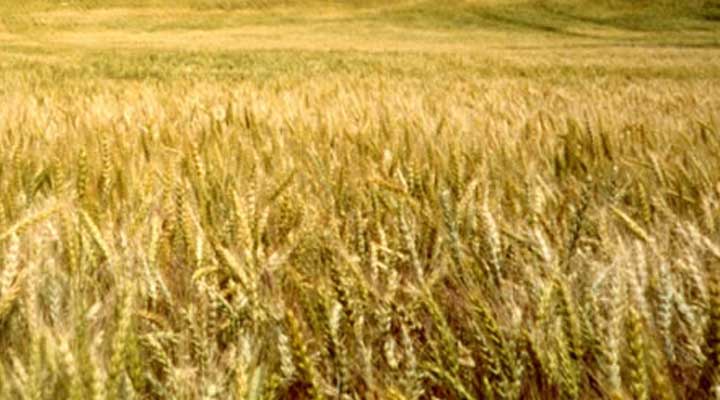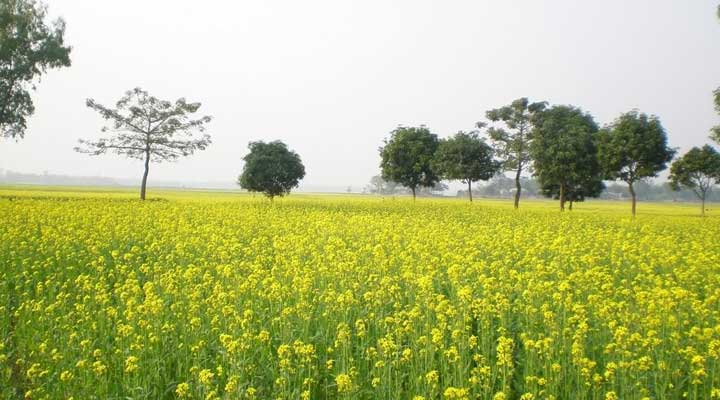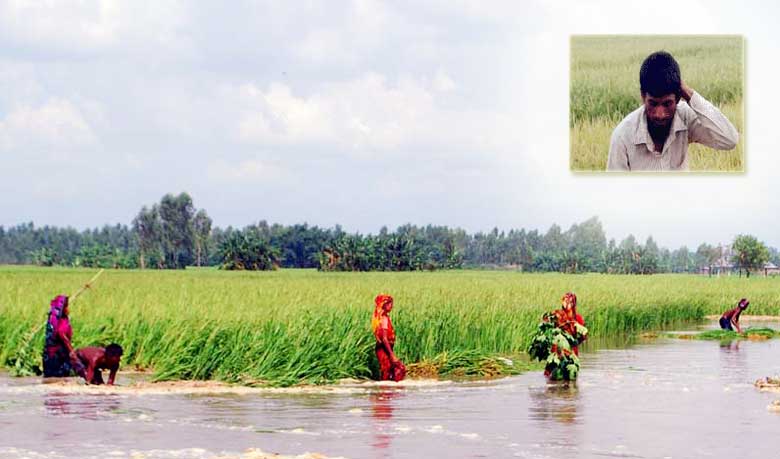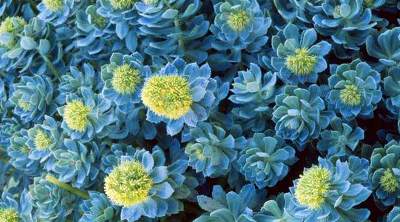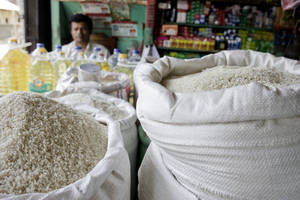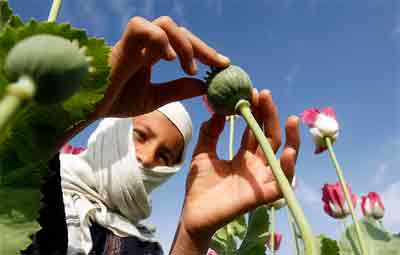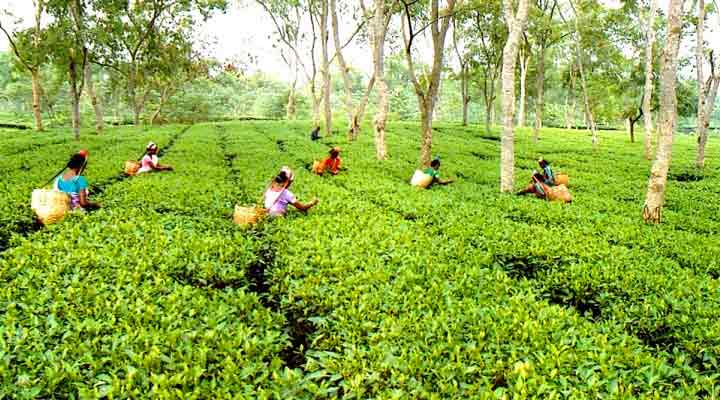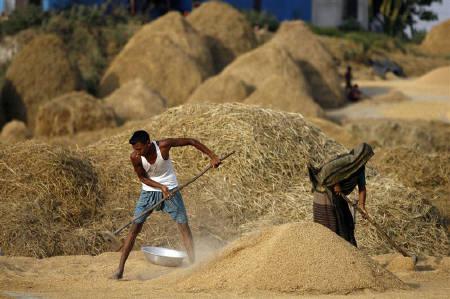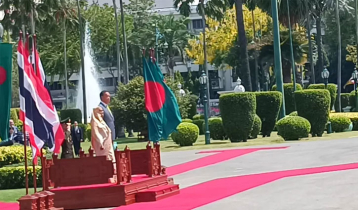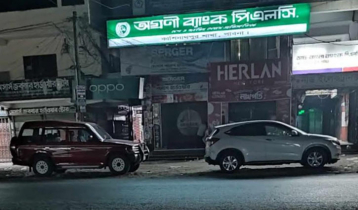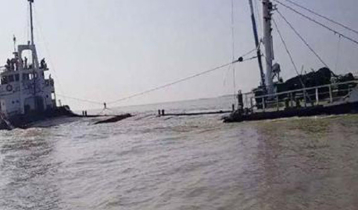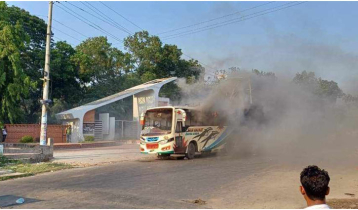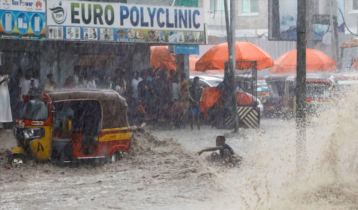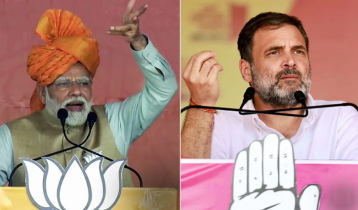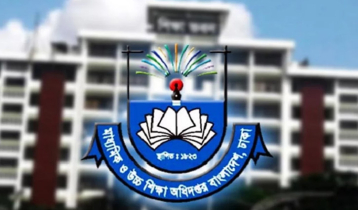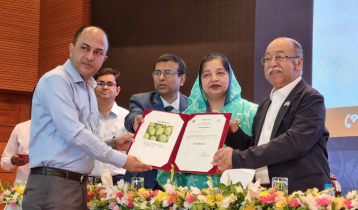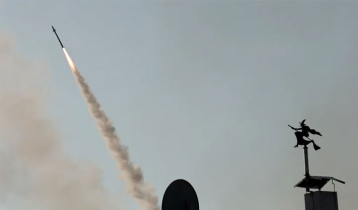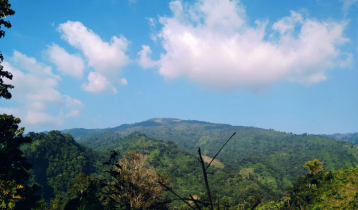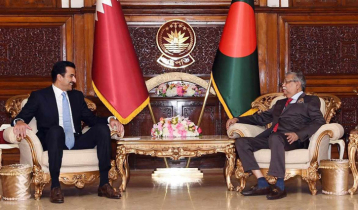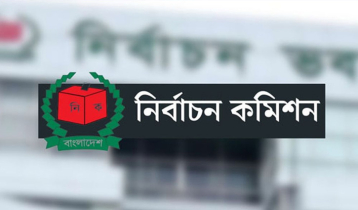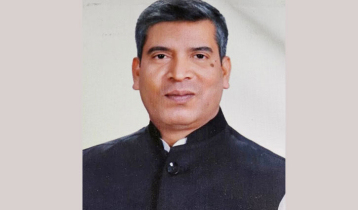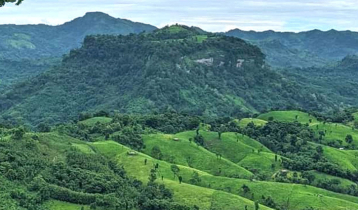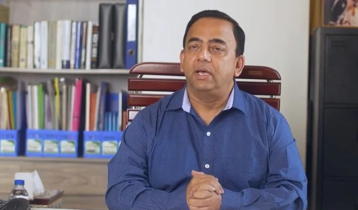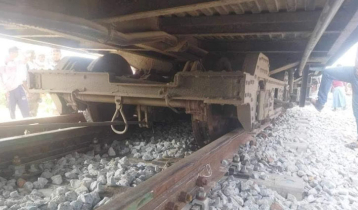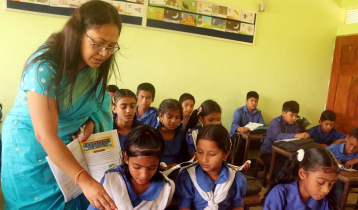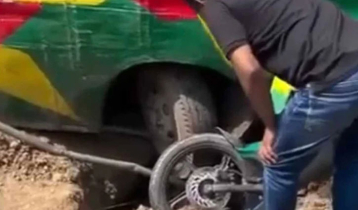French corn farmers turn to drip irrigation
Manzurul Alam Mukul || risingbd.com
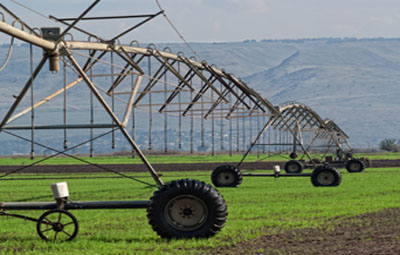
Drip irrigation
Risingbd Desk, Thouars, May 15
Corn farmers in the verdant plains of southwestern France have responded to dwindling water resources by adopting drip irrigation -- a money- saving technique invented in the 1960s in Israel.
Initially adopted in water-poor regions including the vineyards and orchards of southern France, the method has begun appearing in big agriculture further north in the past three years.
Tension over water use is emerging in the southwest where corn is a major crop, warns agronomist Marc Dufumier, author of a book seeking to dispel dubious conventional wisdom on farming and food.
"There are these tensions because of cultural changes in these areas and the advent of corn in the late 1980s, which requires more water, especially in chalky soil," said Alexis Delaunay of the French National Agency for Water and Aquatic Environments (Onema).
Some farmers are upset over water rationing.
Broaching the subject with Joel Herault, a farmer in the western Deux- Sevres area, is delicate.
He was slapped with a 1,000 euro ($1,370) fine for ignoring water rationing orders, saying they are too severe.
"It gave me a depression," he said bitterly.
Nearly 10 years later he decided to introduce drip irrigation to about one third of his 120 hectares (300 acres). It was a big investment of at least 4,000 euros per hectare, but Herault hopes it will increase his yield and keep watchdogs at bay.
Drip irrigation on big farms consumes about 30 percent less water because it does not evaporate and cannot be diverted by wind, notes Netafim, the Israeli pioneer of the method.
Pipes are buried some 20 to 30 centimetres below the surface near the corn`s roots, with small amounts of water oozing from holes spaced about 50 centimetres apart.
France`s National Research Institute of Science and Technology for Environment and Agriculture (IRSTEA), which is testing a drip irrigation system set up in southern Montpellier in 2008, estimates the savings at between 15 and 20 percent.
But the advantages do not stop there. The tubes also are used to deliver fertiliser to the roots, and again in smaller amounts than are used on the surface.
The plots stay dry, which helps control weeds and fungus -- thus limiting the need for herbicides and fungicides.
Furthermore, the system obviates the need for staff to water, notes Christophe Harel, a Netafim official for northwestern France.
The Thuaud brothers in the western department of Loire Atlantique say they have reduced their water use by 40 percent and fertiliser by 20 percent.
And they say the "baby bottle" approach has significantly increased their corn yields and the amount of protein in their wheat.
Despite these advantages, only 1,000 hectares of France`s total of 1.8 million hectares of agricultural land use drip irrigation.
In the United States and Italy the method is used in many thousands of hectares.
On the downside, the technology requires a major investment and rigorous maintenance.
Source: AP
risingbd/mukul
risingbd.com

